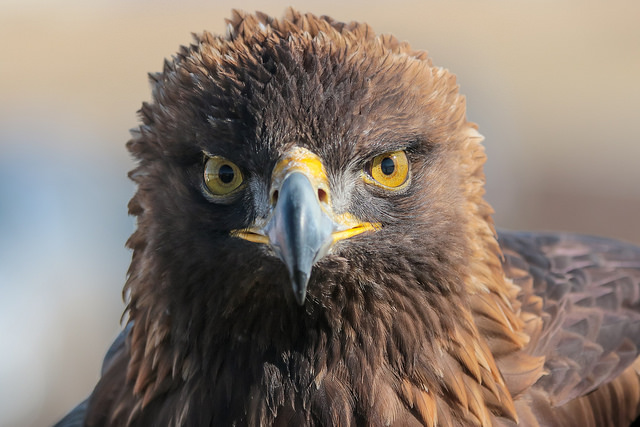By ClimateDenierRoundup. Reposted with permission from DailyKos.
Deniers are crowing over a new study in Nature that’s supposedly claiming wind turbines are killing three-fourths of birds in the areas around them. Obviously that’s absurd, so what the flock is going on?
This new myth took flight with a Daily MailOnline story with a headline claiming “Wind farms are the ‘new apex predators’: Blades kill off 75 percent of buzzards, hawks and kites that live nearby, study shows.” The Global Warming Policy Foundation (GWPF) quickly posted the Mail story on its site, Watts Up With That? (WUWT) lazily copied GWPF’s copy of the Mail, and JoNova excerpted it.
The problem is that the study did not, at all, in any way or at any point, show that wind turbine blades “kill off 75 percent of buzzards, hawks and kites.” While it mentions once, in passing, that turbines can kill birds and bats by direct impact, the study has no tally of bird corpses or anything dealing with avian mortality at the study site.
What the study instead showed is that there were four times fewer birds flying around the 20-year-old wind farms than there were flying around adjacent plots of land without turbines. Per the study author in a press release, turbines act like predators “not in the sense of killing [birds], but by reducing the presence of raptors in those areas.”
This makes total sense. If you were a bird, and had to choose a place to hunt for lizards that’s either covered in wind turbines that might hurt you if you flew into it, or an area free from such hazards, where would you spend most of your time?
Obviously, the safer hunting spot is preferable, meaning that the lizards living their lives in the wind farm are going to be free from having those predators. This then triggers changes in their population and physiology, which was the true focus of the study.
Researchers set out to see how two decades of wind turbines changed the ecosystem, particularly the interactions between lizards that were commonly prey and their avian predators. They found that bird populations were lower around the wind turbines, and that had an effect similar to what biologists refer to as “apex predators.”
As the name suggests, apex predators are those carnivores who sit at the top of the food chain and dominate the landscape — for example by preventing smaller predators from hunting in their territory. Removing those predators lets the prey species flourish, growing in numbers as well as in comfort and relaxation in not having to worry about dive bombing birds of prey.
This is the context the scientists invoke when describing turbines as apex predators — a description of their impact on the species down on the food chain.
The study isn’t saying wind turbines literally kill off a majority of birds in the area, but you wouldn’t know that from the Mail’s coverage, mindlessly copied and pasted on to denier blogs around the world.
Apparently none of the eagle eyes at GWPF, WUWT, or JoNova could see the Mail’s murderous turbine angle was a flight of fancy.
Main image: Nova, a 16 year old Golden Eagle at the National Wind Technology Center. Credit: Lee Jay Fingersh, NREL, CC BY–NC–ND 2.0
Subscribe to our newsletter
Stay up to date with DeSmog news and alerts






